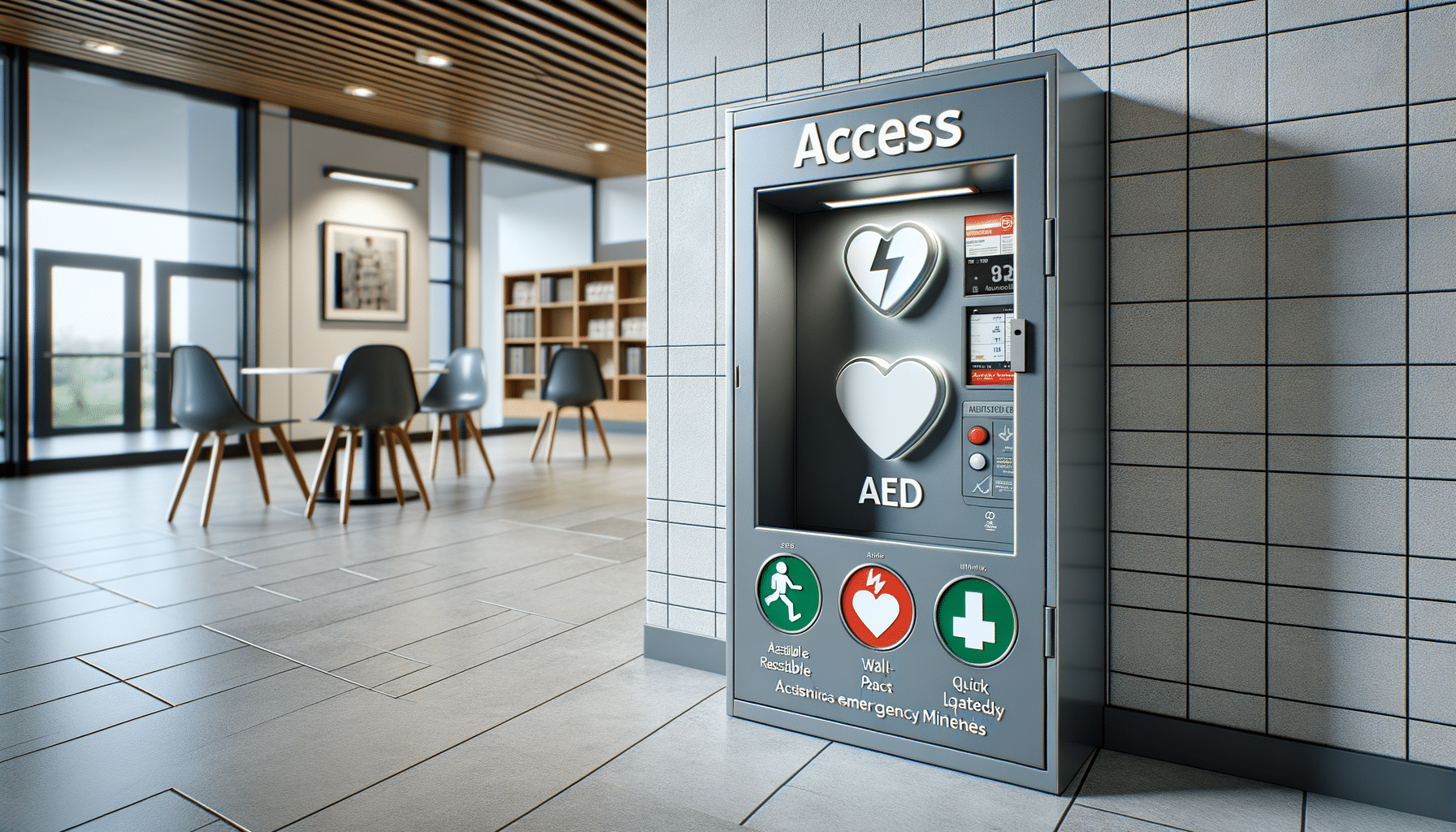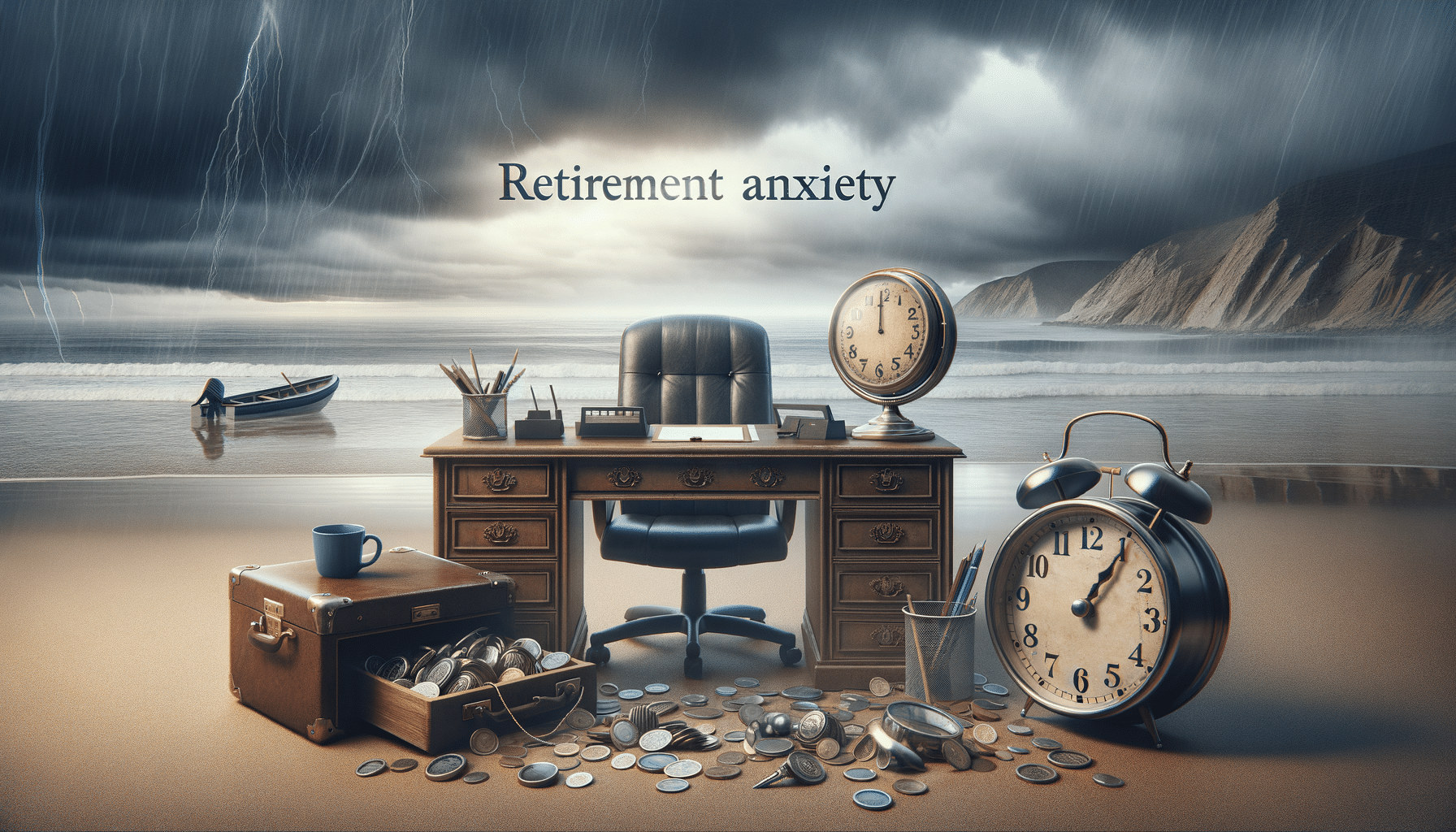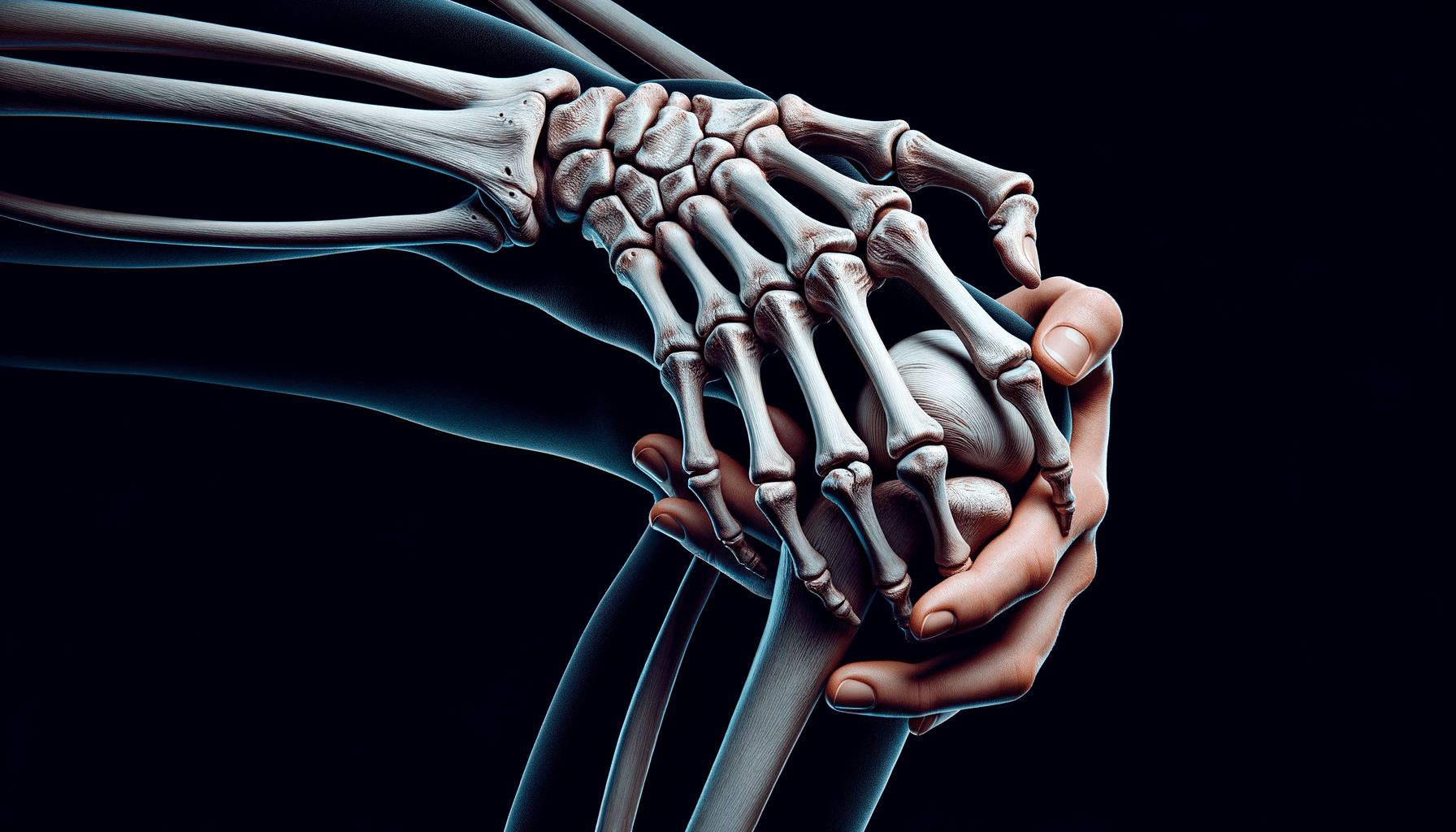
Be Emergency-Ready: AED Access Within Minutes
Introduction to AEDs
Automated External Defibrillators (AEDs) are crucial life-saving devices designed to treat sudden cardiac arrest (SCA). SCA is a critical condition where the heart unexpectedly stops beating, leading to a lack of blood flow to the brain and other vital organs. Without immediate intervention, this condition can be fatal within minutes. AEDs are portable, user-friendly devices that can analyze the heart’s rhythm and, if necessary, deliver an electric shock to help the heart re-establish an effective rhythm.
The importance of AEDs cannot be overstated. In emergency situations, every second counts. Having an AED accessible within minutes can significantly increase the chances of survival and recovery. This article delves into the role of AEDs, how they function, and why widespread access is essential for community health and safety.
How AEDs Work
AEDs are designed to be simple and effective, even for individuals without medical training. Here’s a step-by-step overview of how these devices operate:
- Turn on the AED: Most devices have a power button or automatically turn on when opened.
- Attach the Pads: The device will guide you to place adhesive pads on the patient’s bare chest. These pads are equipped with sensors to detect the heart’s rhythm.
- Analyze the Rhythm: Once the pads are attached, the AED will automatically analyze the heart’s rhythm to determine if a shock is needed.
- Deliver the Shock: If a shock is advised, the AED will prompt the user to press a button to deliver the shock. Some models deliver the shock automatically.
- Post-Shock Instructions: The AED will provide further instructions, such as continuing CPR, if necessary.
One of the key features of AEDs is their ability to provide clear, step-by-step voice prompts, making them accessible to anyone in an emergency. The device’s built-in safety mechanisms ensure that a shock is only delivered when necessary, preventing accidental harm.
The Importance of AED Accessibility
Having AEDs readily available in public spaces can dramatically improve survival rates from sudden cardiac arrest. Statistics show that the immediate use of an AED can double or even triple a victim’s chance of survival. Therefore, placing AEDs in high-traffic areas such as airports, schools, and sports arenas is crucial.
Communities that invest in widespread AED deployment see tangible benefits. For example, cities with comprehensive public access defibrillation programs report higher survival rates. Moreover, training community members to use AEDs increases the likelihood of swift action in emergencies.
Despite their proven effectiveness, many areas still lack adequate AED coverage. Advocacy for more widespread placement and awareness campaigns can help bridge this gap, ensuring more lives are saved.
Training and Education
While AEDs are designed for ease of use, training can enhance confidence and efficiency in emergency situations. CPR and AED training courses are widely available and often provide hands-on practice, which can be invaluable during a real-life emergency.
Training programs typically cover:
- Recognizing the signs of sudden cardiac arrest
- Performing CPR effectively
- Using an AED correctly
- Understanding legal protections for responders
Educational initiatives can also demystify AEDs, reducing hesitation to use them. Organizations and businesses that implement regular training sessions empower their employees and community members to act decisively when needed.
Conclusion: Be Prepared, Save Lives
In conclusion, AEDs are vital tools in the fight against sudden cardiac arrest. Their ability to provide quick, effective treatment can mean the difference between life and death. By ensuring AEDs are accessible and that individuals are trained to use them, communities can significantly improve outcomes for those experiencing cardiac emergencies.
As technology advances and awareness grows, the hope is that AEDs will become a standard fixture in all public areas. Until then, it remains crucial for individuals to advocate for AED accessibility and participate in training programs. Remember, being emergency-ready with AED access within minutes can save lives. Act fast. Be prepared.


